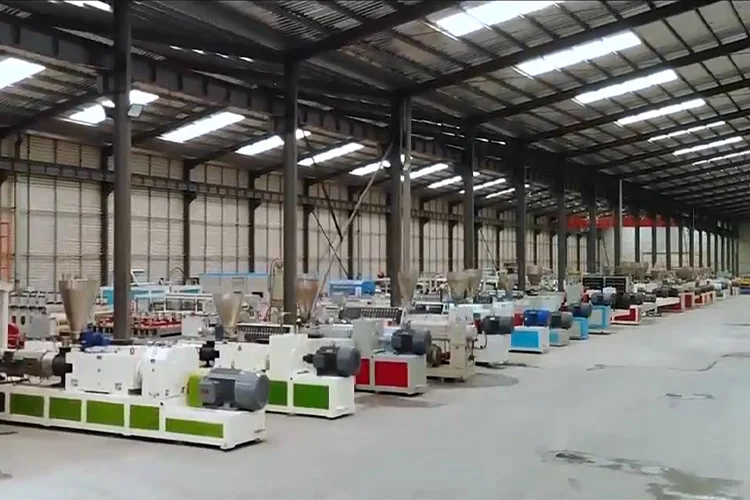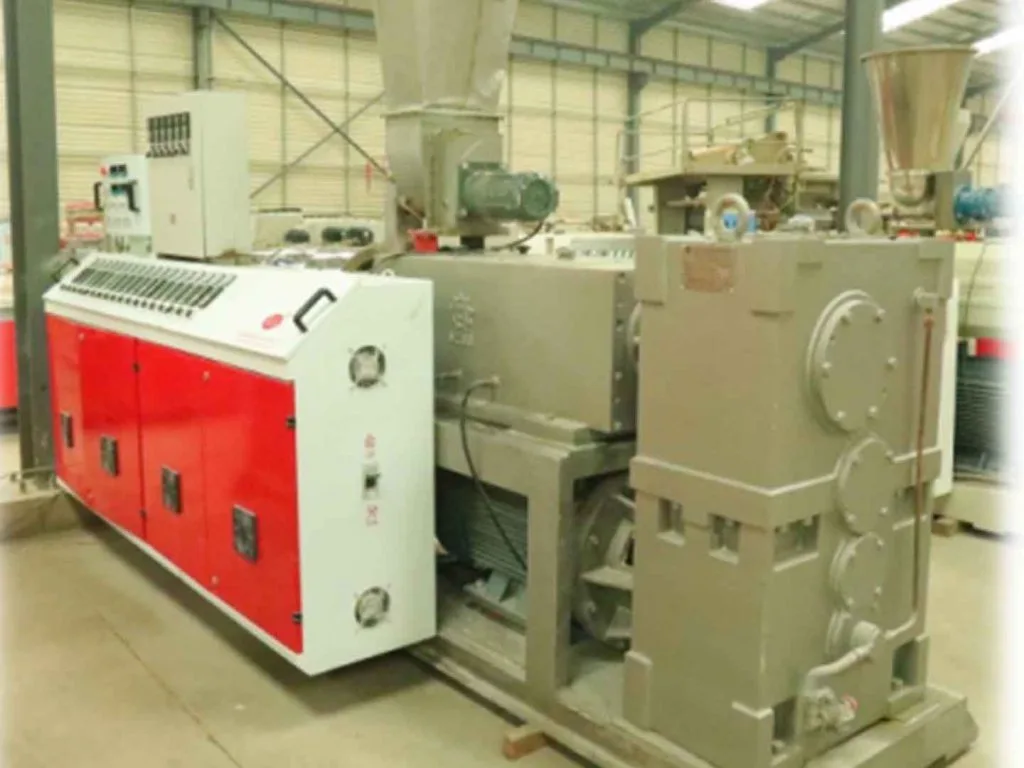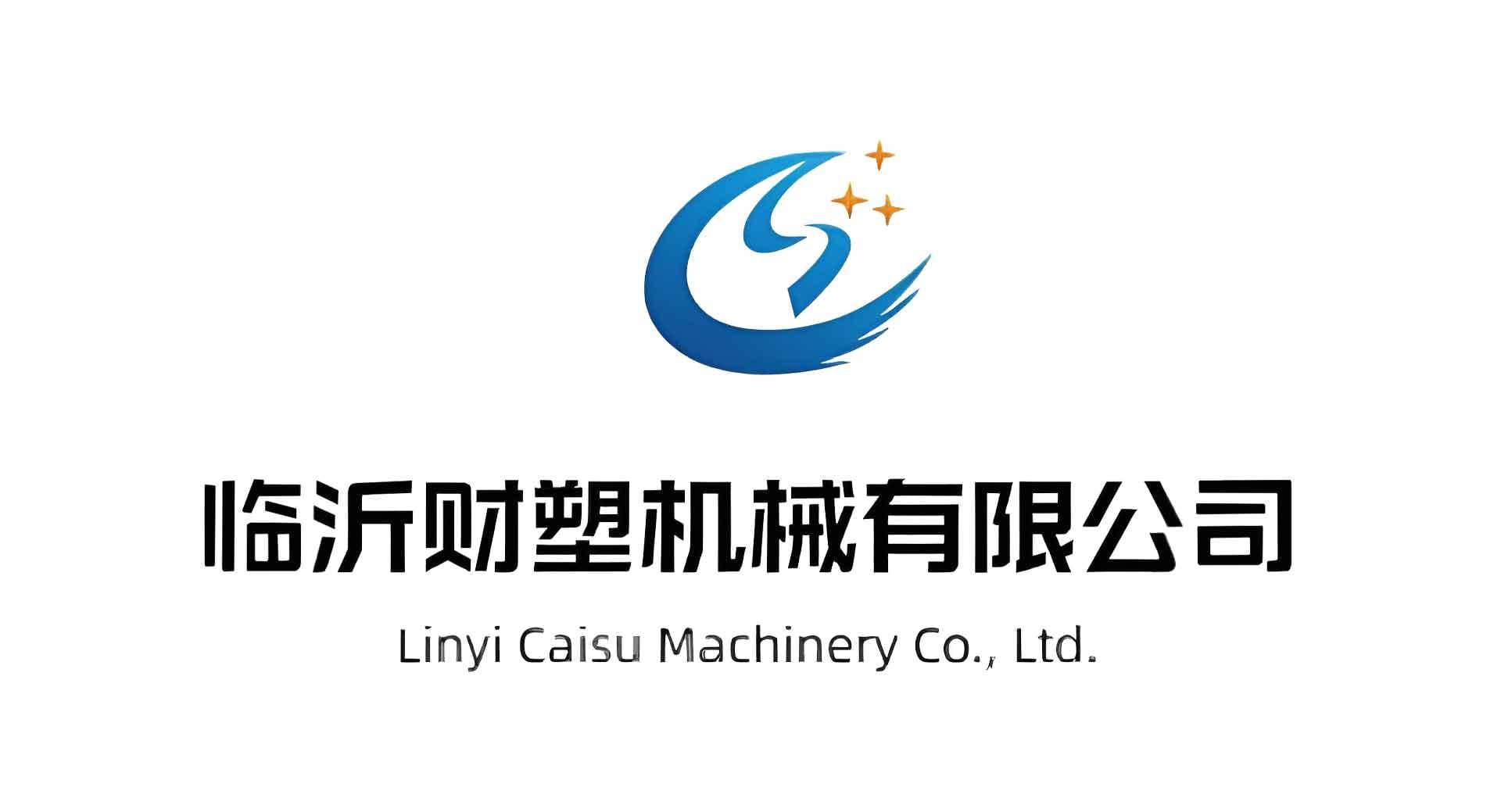Welcome to My Blog!
Before we dive into the content, I’d love for you to join me on my social media platforms where I share more insights, engage with the community, and post updates. Here’s how you can connect with me:
Facebook:https://www.facebook.com/profile.php?id=61567891941530
Now, let’s get started on our journey together. I hope you find the content here insightful, engaging, and valuable.
Caisu Machinery sells a variety of used plastic pipe production equipment. The products are of high quality and low price. Welcome to contact us for consultation and purchase. We will be happy to serve you.
Table of Contents
Introduction

PVC pipe extrusion is a fundamental process in the plastics manufacturing industry, transforming raw polyvinyl chloride (PVC) materials into durable, versatile piping solutions. This method is renowned for its efficiency and adaptability, allowing for continuous production of pipes used in various applications, including plumbing, electrical conduits, and industrial systems. By mastering the intricacies of PVC pipe extrusion, manufacturers can ensure product quality, optimize production, and meet diverse market demands.
The PVC Pipe Extrusion Process: Step-by-Step
Material Preparation
The process begins with the preparation of raw PVC materials, typically in powder or pellet form. These materials are compounded with additives such as stabilizers, lubricants, plasticizers, and colorants to enhance properties like heat stability, flow characteristics, and final product appearance. Uniform mixing ensures consistent quality in the extruded pipes.
Feeding and Melting
The compounded PVC is fed into the extruder’s hopper, where it enters a heated barrel containing a rotating screw. As the material progresses through the barrel, it undergoes gradual melting due to the combined effects of heat and shear forces. Maintaining precise temperature control is crucial to prevent degradation and ensure homogenous melting.
Extrusion Through the Die
Once the PVC reaches a molten state, it is forced through a specialized die that shapes it into a continuous pipe profile. The die design determines the pipe’s diameter and wall thickness, and must be engineered to ensure uniform flow and minimize defects.
Cooling and Sizing
Emerging from the die, the hot pipe enters a cooling system, often comprising water baths or vacuum sizing tanks. Rapid cooling solidifies the pipe, while vacuum sizing ensures it maintains precise dimensions and roundness. Proper cooling is essential to prevent warping and maintain structural integrity.
Haul-Off and Cutting
After cooling, the pipe is pulled through the extrusion line by a haul-off unit, which maintains consistent speed and tension. Subsequently, the pipe is cut to desired lengths using cutting machines, which may employ rotary or planetary cutters for clean, precise cuts.
Socketing or Belling (Optional)
For applications requiring pipe connections, the ends may undergo socketing or belling processes. This involves heating and expanding the pipe ends to form sockets that facilitate joining with other pipes or fittings.
Quality Control and Testing
Throughout the extrusion process, rigorous quality control measures are implemented. Pipes are inspected for dimensional accuracy, surface finish, and mechanical properties. Tests may include pressure testing, impact resistance, and material composition analysis to ensure compliance with industry standards.
Key Components of a PVC Pipe Extrusion Line

An efficient PVC pipe extrusion line comprises several critical components, each playing a vital role in the production process:
| Component | Function |
|---|---|
| Extruder | Melts and conveys PVC material through the barrel using a rotating screw |
| Die Head | Shapes the molten PVC into the desired pipe profile |
| Vacuum Sizing Tank | Cools and sizes the pipe to precise dimensions using vacuum pressure |
| Cooling System | Solidifies the pipe through water or air cooling methods |
| Haul-Off Unit | Pulls the pipe through the line at a consistent speed |
| Cutting Machine | Cuts the continuous pipe into specified lengths |
| Socketing/Belling Unit | Forms sockets at pipe ends for easy joining (if required) |
| Control Panel | Monitors and controls process parameters like temperature and speed |
Each component must be precisely calibrated and maintained to ensure seamless operation and high-quality output.
Applications of PVC Pipe Extrusion

PVC pipes produced through extrusion are integral to various industries due to their durability, chemical resistance, and cost-effectiveness:
- Construction: Used in plumbing systems, drainage, and sewage lines.
- Electrical: Serve as conduits for electrical wiring, offering insulation and protection.
- Agriculture: Utilized in irrigation systems and water distribution.
- Industrial: Employed in chemical processing and fluid transport systems.
The versatility of PVC pipe extrusion allows for customization in pipe size, thickness, and formulation to meet specific application requirements.
Conclusion
Mastering the PVC pipe extrusion process is essential for producing high-quality pipes that meet industry standards and application demands. By understanding each step—from material preparation to final quality checks—manufacturers can optimize production, reduce waste, and ensure product reliability. Investing in advanced machinery, maintaining strict quality control, and staying informed about industry advancements will position manufacturers for success in the competitive PVC pipe market.
FAQ
What is the typical temperature range for PVC extrusion?
The extrusion temperature for PVC typically ranges between 160°C and 200°C, depending on the formulation and desired pipe properties.
How does die design affect the extrusion process?
The die design determines the pipe’s diameter and wall thickness. A well-designed die ensures uniform flow, reduces defects, and contributes to consistent product quality.
What are common additives used in PVC pipe extrusion?
Common additives include stabilizers (to prevent degradation), lubricants (to reduce friction), plasticizers (to enhance flexibility), and colorants (for aesthetic purposes).
How is pipe sizing achieved during extrusion?
Pipe sizing is achieved using vacuum sizing tanks, which apply vacuum pressure to shape the molten pipe to precise dimensions as it cools.
Why is cooling important in the extrusion process?
Proper cooling solidifies the pipe, maintains its shape, and prevents defects like warping or internal stresses, ensuring structural integrity.





